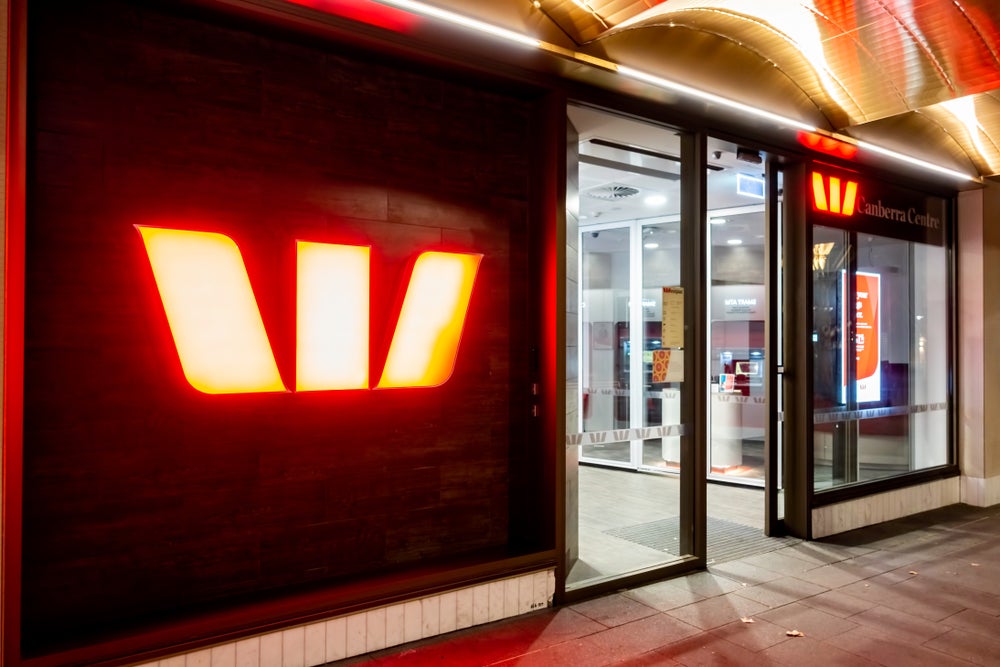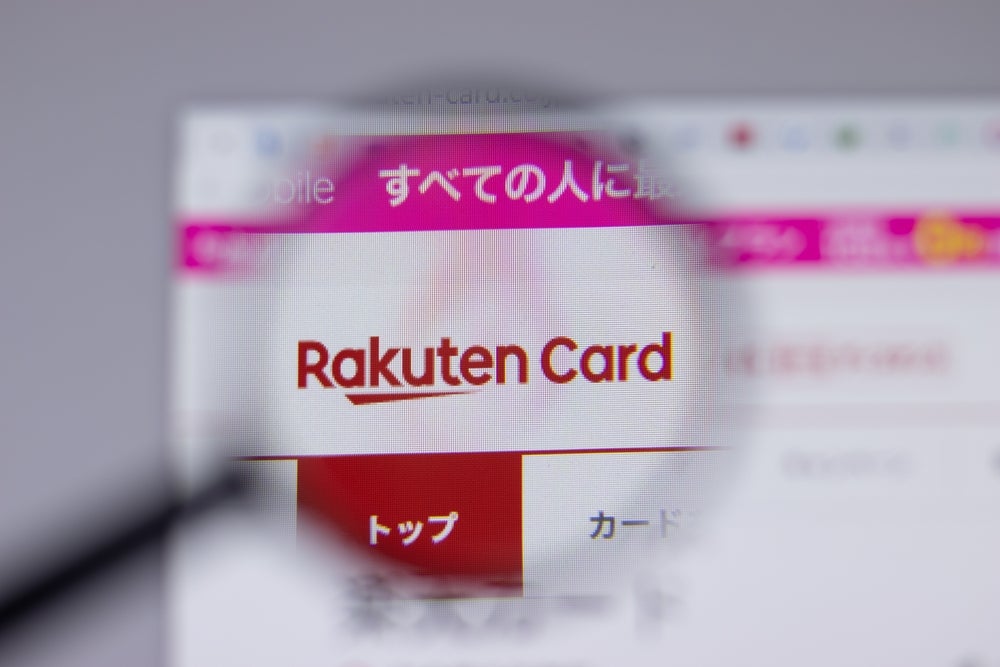dominant payment method for the cautious and debt-averse German
market, there are signs of growth in the numbers of debit cards.
Banks are promoting debit card use and there is growing competition
for market share.Sarah Williams reports.
 When analysing the
When analysing the
German cards market, it is useful to consider the role of cards
within the context of all payment mechanisms available to consumers
and businesses. Cash undoubtedly remains the dominant payment
method for German consumers. Its share of retail transactions is
declining, but fairly gradually. Cash payments have fallen from
about 75 percent of total retail transactions in 1996 to 68 percent
in 2004 and around 63 percent currently. Hauptverband des Deutschen
Einzelhandels (HDE – the German retail association) anticipates
that cash usage will continue to decline at a slow pace, reaching
about 60 percent by the end of 2008. (See figure 1.)
Central to the German cards industry is electronic cash, or ec.
It is the country’s national debit scheme and is regarded as having
one of the highest security requirements in the world.
Debit card usage and acceptance are growing, albeit from a small
base, and the cards are not a big challenge to cash at this time.
However, this could present a major opportunity if and when large
retailers start to accept debit cards. The push by banks to promote
debit card use, combined with competition among payment
associations and issuers for market share, makes this an
interesting area for development.
Credit card uptake and usage trail behind; traditionally, credit
cards have operated more like charge cards than revolving credit.
Most Germans also have other borrowing options, which, coupled with
a cultural unease about debt, has put the brakes on growth.
Prepaid cards are not a major presence; however, there is an
obvious and huge opportunity should the model of prepaid displacing
cash that has been demonstrated in other markets be adopted in
Germany.
How well do you really know your competitors?
Access the most comprehensive Company Profiles on the market, powered by GlobalData. Save hours of research. Gain competitive edge.

Thank you!
Your download email will arrive shortly
Not ready to buy yet? Download a free sample
We are confident about the unique quality of our Company Profiles. However, we want you to make the most beneficial decision for your business, so we offer a free sample that you can download by submitting the below form
By GlobalDataDebit cards grow
 There were some 91.6 million
There were some 91.6 million
debit cards in Germany by the end of 2005. They are generally
branded with the national debit mark (ec) as well as being
co-badged with Maestro, MasterCard’s debit brand, for use in
international transactions. Debit card transactions account for
only 12.5 percent of all non-cash payments by volume and 0.3
percent by value. Put another way, such debit card transactions
make up 11.5 percent of all retail payments. (See figure
2.)
Over recent years, debit cards have gained tremendously in
acceptance by consumers and merchants. In 2005, for example, major
discount retailers Aldi and Lidl announced that they would start
accepting debit cards, although neither store accepts credit cards
yet. According to Jürgen Uthe, general manager for business
services at MasterCard Central Europe, there is a huge opportunity
to expand card usage if other retailers follow the examples of the
discounters. “Once these retailers have equipped all their outlets
with POS terminals there will be a very big opportunity. The banks
are keen to promote card acceptance and they have been quite
successful in gaining in sectors such as the food segment.”
Profitability
 Debit cards are not
Debit cards are not
viewed as huge revenue generators for retail banks. However, banks
generally consider them an important part of their banking
relationship with a customer, as they are linked to cardholders’
current accounts.
According to Volker Schloenvoigt, manager in the London office
of card consultancy Edgar Dunn & Co, the reliance on annual
card fees is problematic as there is no relationship with
transactional activity. “When looked at on a per-transaction basis,
growing card usage will generate costs that will exceed card fee
revenues,” he said. Schloenvoigt added that reliance on interchange
income is inappropriate as regulators consider interchange to be
based on cost recovery methodology and do not see it as a revenue
driver.
He notes that while transaction fees would be a suitable revenue
source, as they would grow with increased card usage, the current
lack of these fees in the marketplace makes their introduction very
challenging from a customer perspective. The interchange rate on
electronic cash cards is 0.3 percent, with interchange rates for
credit and charge cards standing at 1.2 percent to 1.5 percent.
Competition in the debit card market
 There is currently some
There is currently some
conflict in the German debit card market between Maestro and card
issuers. German debit cards usually have two badges – ec for
domestic transactions and Maestro for use outside Germany. However,
in a bid to increase penetration in Germany and take market share
from ec, Maestro recently published new, lower interchange rates on
debit transactions – this in a market where debit interchange is
already very low. Maestro’s aim is to have a situation whereby
German consumers’ debit cards will use Maestro both domestically
and internationally.
It is not yet clear how successful Maestro will be in winning
over issuers to using it as the sole badge on debit cards. However,
the Maestro debit scheme was recently chosen by Germany’s Sparda
banking group as the replacement for its domestic debit scheme in
the run-up to the implementation of the Single Euro Payments Area
(SEPA). Sparda is scrapping its electronic cash scheme in favour of
using Maestro for both national and international debit card
payments. Until now, Sparda’s debit cards had been enabled with the
Maestro brand exclusively for cross-border payments, while German
card payments were possible only through the ec scheme. Sparda said
that with the transition to Maestro, it would become the first
fully SEPA-compliant debit solution in Germany.
Visa Europe is working hard to build a debit card presence in
Germany to rival MasterCard. V PAY, Visa’s SEPA-compliant debit
scheme, is at the forefront of Visa Europe’s expansion in the debit
market. In December 2006, Visa Europe signed an agreement with the
association of German co-operative banks, DZ Bank and WGZ Bank,
representing a major breakthrough for V PAY in one of the most
important debit markets in Europe. The agreement means that V PAY
will be co-badged with Germany’s ec scheme. Visa has said it views
this as “a massive deal for V PAY, as it covers about 23 million
cards and 1,200 banks in the German market”.
In January 2007, German acquirer B+S Card Service agreed to open
up its merchant network to V PAY. B+S now offers V PAY to all its
EMV-compliant merchants as well as new merchants. B+S accounts for
135,000 Visa merchant outlets and acquires over 40 percent of Visa
POS transactions in Germany. Visa acknowledges that its current
share of the German debit market is almost zero, but is confident
that V PAY can make a major impact.
Some banks, however, are unsure. “To change the electronic
cash/Maestro card is not an easy thing,” said Wolfgang Schneider,
vice-president for cards at Commerzbank’s retail business unit.
“You have to change your processing and the education of
cardholders and merchants. While we don’t earn much money on debit,
it’s still an important issue. With cardholders, if you change
major product features it may cause them inconvenience.”
Credit cards – a distant second
 There are 0.26 credit
There are 0.26 credit
cards per inhabitant in Germany and credit card spending amounts to
only €452 ($611) per person annually, including both commercial and
retail transactions. In terms of market share, according to retail
industry research body EHI Retail Institute, MasterCard accounts
for 48.2 percent of issued credit cards in Germany, with 11 million
cards issued. Visa is a close second with a 44.2 percent market
share and 10.05 million cards. American Express and Diners have 7.2
percent and 1.65 million cards, and 0.4 percent and 0.1 million
cards, respectively. (See figure 3.)
According to a survey carried out by EHI Retail Institute,
credit cards make up 5 percent of all transactions. Uptake and
usage is low for several reasons, which combine to reinforce each
other.
First, German credit cards have traditionally operated more like
deferred payment devices linked to current accounts, in that bills
are debited automatically and in full every month, giving the banks
no credit balances on which to charge interest. Most customers have
other borrowing options, including an automatic overdraft
equivalent to three months’ salary on their current accounts. It
has been foreign players, such as Citibank, Barclaycard, Royal Bank
of Scotland (RBS) and ING, that have really pushed the concept of
true revolving credit cards. Large local players then responded,
launching their own such products. Indeed, Deutsche Bank has stated
its aim is to completely switch customers from deferred payment
cards to genuine credit cards.
Second, Germans have long been regarded, for historical and
cultural reasons, as conservative spenders. Germany’s weak economy
over the past several years has meant that growing worries about
job security and the future of Germany’s generous ‘cradle-to-grave’
welfare state have made Germans more cautious than ever about
getting into debt. German consumers tend to pay off their balances
in full, with as many as 95 percent effectively using their credit
cards as charge cards.
Third, card acceptance is low, even among large retailers. Some
German banks are now trying to emulate the success of foreign banks
in the credit card business, in an attempt to boost profitability.
The European Commission is threatening, within two or three years,
to halve the interchange fees payable by many German merchants. If
that happens, shops should feel happier about accepting cards,
giving German consumers more flexibility and perhaps encouraging
them to make more transactions of greater value, which would help
German banks recoup some revenues lost to reduced interchange.
The outlook for credit cards in Germany is mixed. According to
Ulf Geismar, director at Edgar Dunn & Co: “What you’ve been
seeing in recent years is a gradual shift from the use of cash
towards cards. However, the card mix is definitely biased towards
debit rather than credit cards. If anything, the predominance of
debit over credit is likely to accelerate in the future. Having
said this, there is likely potential for increasing credit card use
in very specific applications such as revolving credit at point of
sale and travel and entertainment transactions, both business and
personal.”
e-money cards
GeldKarte is the German chip-based electronic purse system.
There were 64.6 million e-money cards in circulation in Germany as
of the end of 2005. The chip can be loaded with up to €200, and is
advertised as a means of making medium-sized to very small
payments, down to the low euro or even cent range, as no processing
fees are deducted by banks. However, usage levels are still fairly
low: total payment transactions are only around €90 million in a
country with over 82 million inhabitants. According to GeldKarte,
the average amount loaded onto the card is €25.
Some observers are of the view that Germany could become one of
the strongest prepaid markets over the next few years due to its
current heavily reliance on cash as a means of payment.
Merchant acquiring
Although there are over a dozen merchant acquirers in the German
credit/charge card market, only a few play a significant role. They
include B+S Card Services (with a portfolio of 200,000 merchants),
ConCardis (40,000 merchants) and Citigroup. There is a different
structure for debit card acquiring, which carries a 0.3 percent
interchange rate set by the Zentraler Kreditausschuss (ZKA),
Germany’s central banking committee.
Unlike credit cards, debit card acquiring operates on a
three-party model: the ZKA issues licences to network operators
which then lease terminals to merchants. The debit card market is
dominated by a small number of players because it is a volume
business, and players compete on the technical infrastructure side.
Issuers are not satisfied with the number of acceptance
locations.
Customer loyalty
One successful innovation
is the PayBack loyalty scheme, launched in March 2000. PayBack’s
partners include retailers Apollo-Optik, Aral, Danisches
Bettenlager, dm-drogerie markt, Galeria Kaufhof and WMF. In March
2007, the popular card was relaunched under the name PayBack Plus,
equipped with a cashless payment function for cardholders to use at
no cost. In 2006, €159 million was spent on PayBack. PayBack
payments are made as with an ec card, using the bar code reader at
the point of sale. The purchase price is either deducted directly
from the customer’s bank account or paid off in monthly
instalments. Customers do not have to change banks to use the
card.
A survey carried out in late 2006 by market research company TNS
Emnid showed that the average German carries 4.5 cards in his/her
wallet. The clear favourite is the ec/Maestro debit card (82
percent); health insurance cards take second place with 77 percent.
The Payback card and credit cards offered by a range of companies
are in joint third place with 32 percent each.
CARD ISSUERS
Citibank
CI estimates that in 2006 Citibank had approximately 1 million
German credit card customers. Cards offered by Citibank in Germany
include Citibank MasterCard Plus/Gold/Student, Citibank Visa
Plus/Gold and Citi/AAdvantage Visa Gold, as well as Vodafone
MasterCard Standard/Silver/Gold/Platinum. In October 2006, Citibank
announced that customers in Germany would be able to withdraw cash
for free with their credit cards, albeit with higher annual fees.
The annual fee for customers wishing to use the ‘free cash’ service
will increase by €10 to €30 for Classic cards, to €40 for CitiBest
Gold cards and to €76 for Gold cards.
Royal Bank of Scotland
RBS entered the market in 2003 through its acquisition of the
card portfolio of Santander Direkt Bank. In January 2005, Retail
Direct Europe (a consumer finance arm of RBS Group) launched the
X-ite credit card products in Germany. Their design features the
rounded corner first seen on the Mint card in the UK. CI estimates
that in 2006 RBS had around 1.2 million German credit card/consumer
loan customers. The X-ite card is issued in co-operation with
MasterCard. In the view of RBS, it presents a “completely new
offering” to the German market, with attractive product features
and additional customer benefits through co-operation with partner
companies. X-ite is currently offering deals such as 0 percent
interest for six months.
Landesbank Berlin
Landesbank Berlin is the leading credit card issuer in Germany,
with over 1.5 million cards issued. In 2006, Bankgesellschaft
Berlin became Landesbank Berlin Holding. Landesbank Berlin operates
its retail banking business under the brands Berliner Bank and
Berliner Sparkasse and has more than 2 million retail
customers.
In 2005 the bank became the first provider in Germany to develop
the Xbox Visa prepaid card. It was also the first bank in Germany
to bring out the X-Box Visa PictureCard, with an upright design
featuring a hologram magnetic strip. Cardholders can choose the
individual design of their own card.
The bank also owns a stake in B+S Card Services.
Barclaycard
According to company information, Barclaycard is the
second-largest credit card issuer in Germany, with 1.3 million
cards issued. The company offers five types of cards in the German
market. Barclaycard entered the German market in 1998 and was
profitable from its first year.
According to Barclaycard, downward pressure on interchange had
led to card issuers such as Barclaycard concentrating on revenue
generation through maintaining revolving balances. Barclaycard
accounts for 6 percent to 7 percent of credit cards issued in
Germany, but according to the company it accounts for 65 percent of
outstanding balances. Net interest income per account on its
classic product is over 100 percent higher than the market average,
and on the gold product it is 400 percent higher.
KarstadtQuelle
KarstadtQuelle describes itself as Europe’s leading retail and
tourism group. Its core activities include Karstadt department
stores in German cities, domestic and international mail order
companies, and the tourism business. KarstadtQuelle Finanz Service,
the banking arm, has almost 1 million credit card customers in
Germany. It offers a number of credit cards including Karstadt
Card, which is available as an annual charge-free MasterCard, and
the KaDeWe Solitaire Card, which can also be issued as a
MasterCard. In the 2006 financial year, the bank achieved a 7.5
percent rise in the euro value of sales in its credit card
business, which it points out is outstripping growth in the market
overall.







